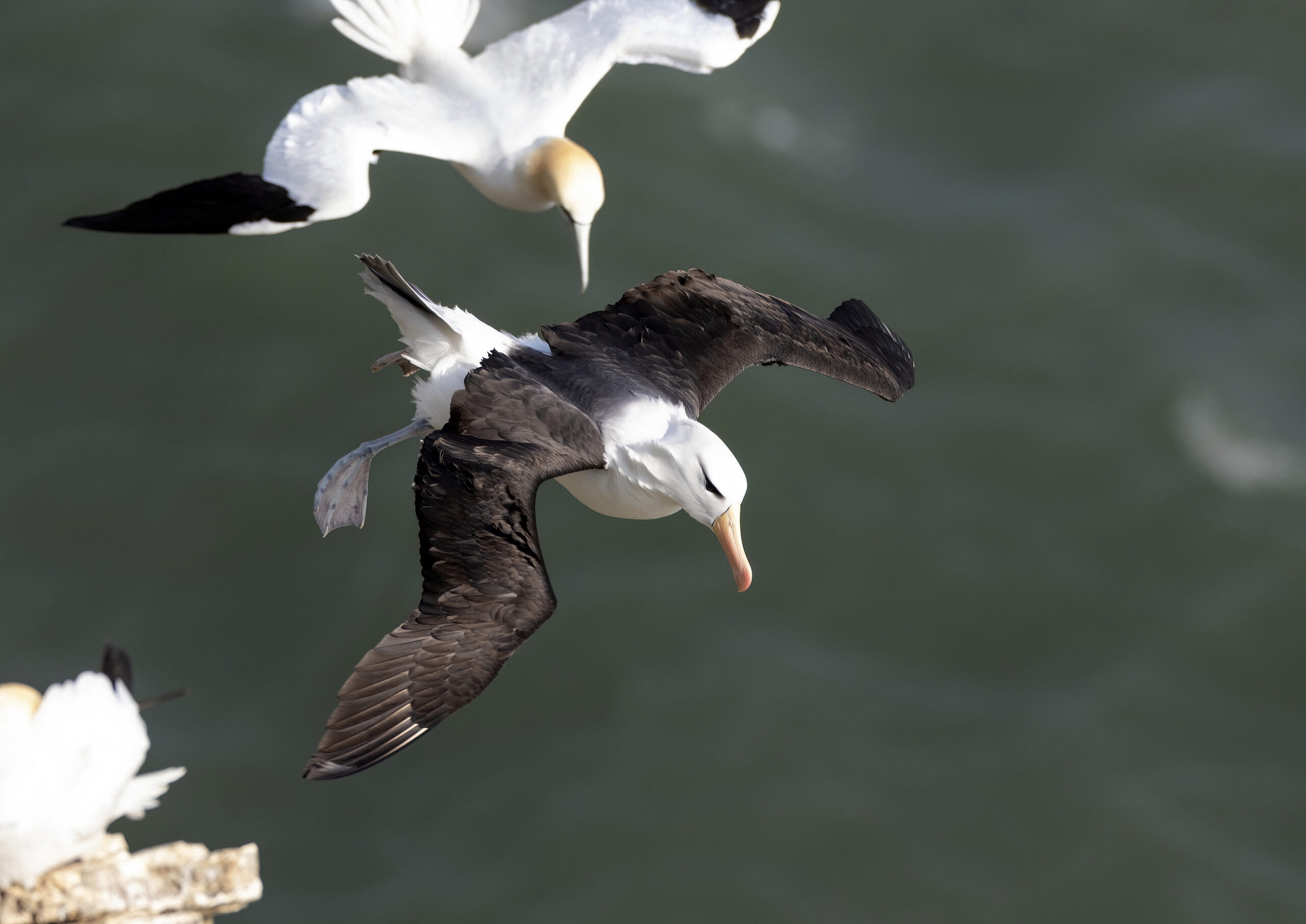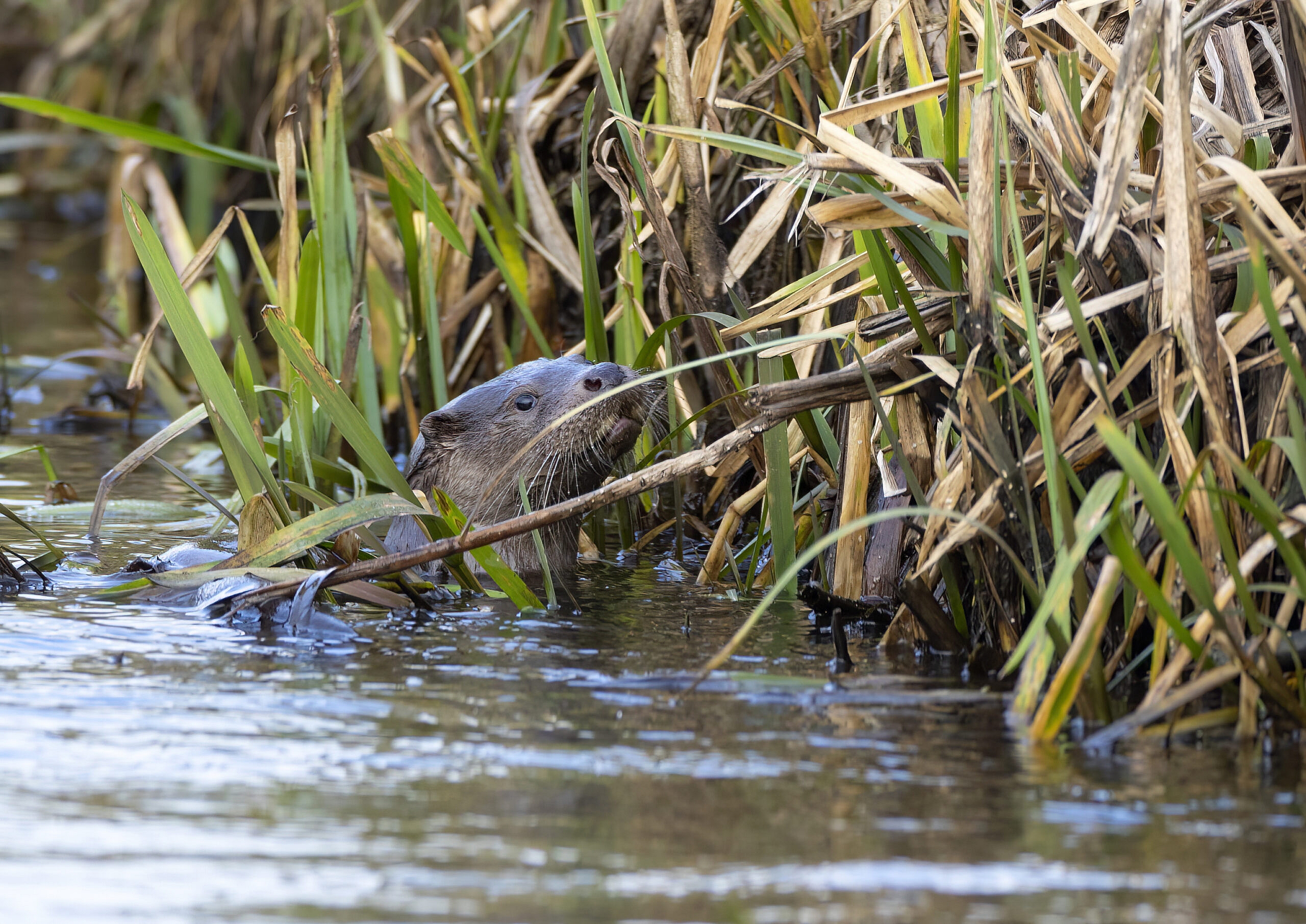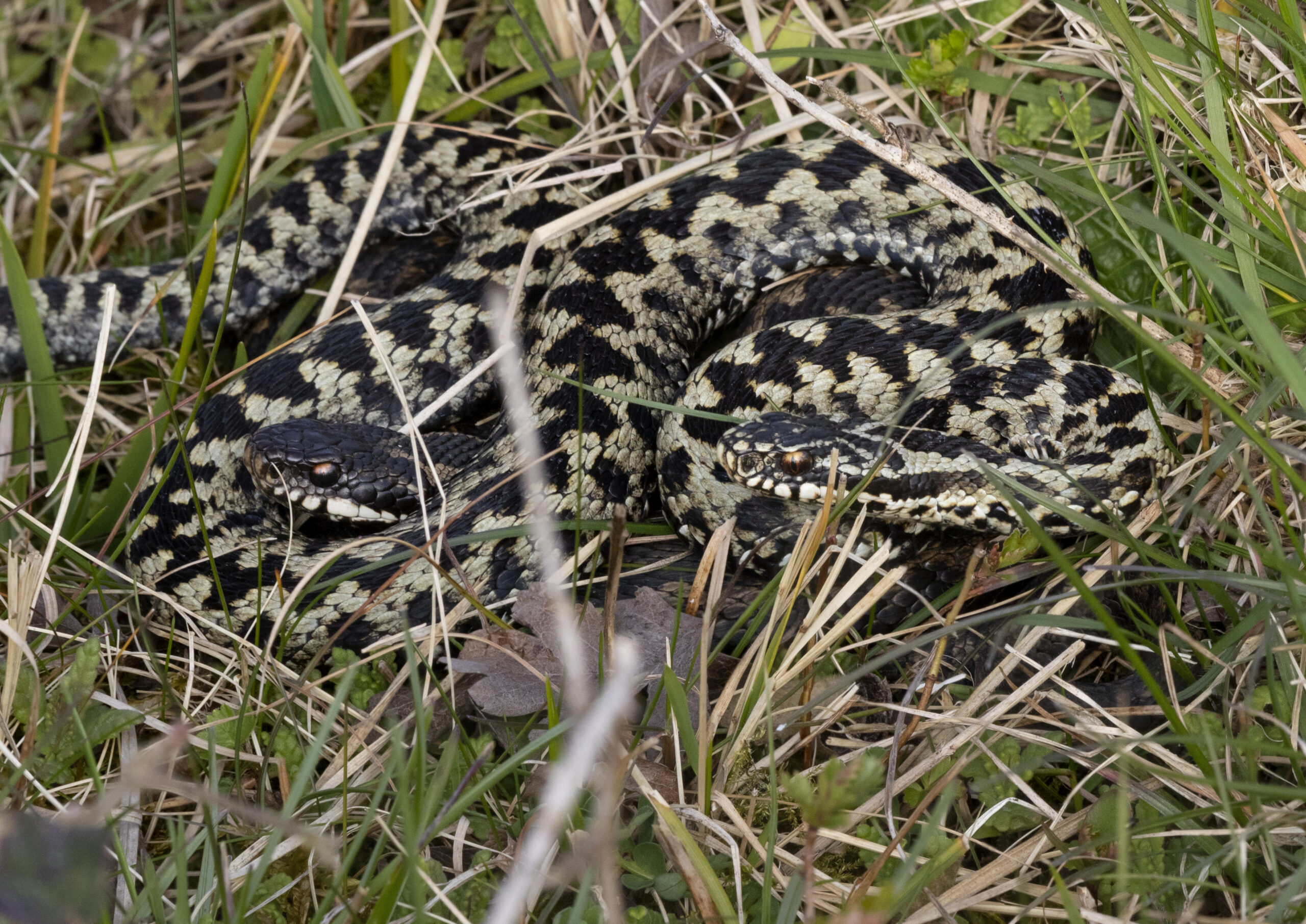One of the joys the study of the natural world brings is that there’s always a new fact waiting to be learned. I thought a knew quite a lot about the large blue butterfly. I knew that it was extinct in the UK. I know that it was reintroduced. I know that its caterpillars rely on a specific species of myrnica red ant, which take the caterpillar into their nest and feed it. They do so because the caterpillar mimics the pheromones of ant grubs and (and this is the bit that blows my mind) sings the songs that the red ant grubs sing. Yes, really. I knew that the caterpillar doesn’t just mimic any old ant grub, but a queen ant grub.
But I recently met a man who was involved in the project to reintroduce the butterfly. He’s actually witnessed the large blue caterpillars being picked up and taken into the red ant nests, and he told me that when it wants to be picked up by the ants, the caterpillar also changes shape, rearing up and mimicking the body shape of the ant.

Every time I think I can’t be more astonished, I found out something new. This world is so special. If we lose our wildlife, as we are undoubtedly doing, we don’t just lose a pretty butterfly or a small ant. We lose the complexities and interactions and sheer wonder that millions of years of evolution can create. We lose the ideas and the chemicals and the antibiotics and all the other solutions that nature has worked out to the various problems of living. And one day, we may be badly in need of them.




Social Profiles